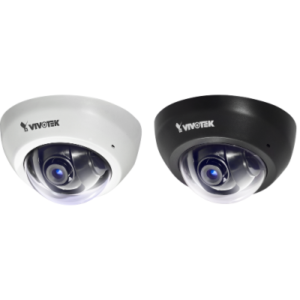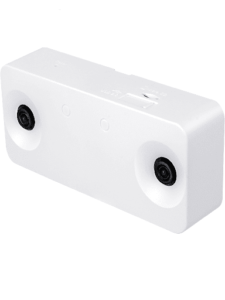
Let’s start by discussing what a closed-circuit television (cctv) application is, it is a video surveillance technology designed to monitor a variety of environments and activities. It is called closed-circuit because, unlike broadcasting, all its components are linked. Moreover, unlike conventional television, it is designed for a limited number of viewers.
The circuit can be composed, simply, of one or more surveillance cameras connected to one or more video monitors or televisions, which reproduce the images captured by the cameras. Although, to improve the application, other components such as videos or computers are often connected directly or linked by network.
 It should be noted that this type of application can be used for any vertical, such as the hospital sector, the industrial sector, corporate sector and hotel sector, among others.
It should be noted that this type of application can be used for any vertical, such as the hospital sector, the industrial sector, corporate sector and hotel sector, among others.
It is also worth mentioning that in order to contract an application of this type, the following requirements must be previously taken into account:
- Installation and Start-up of the application.
- Preventive and Corrective Maintenance.
- Training in the use of the application.
- Equipment suppliers.
Surveillance through the use of CCTV is increasingly common in companies, businesses and public spaces for crime prevention. The justification for its use is that it deters potential criminals, can quickly alert police or security personnel to intervene, and helps people feel safer. Or simply for process monitoring.
CCTV COMPONENTS
As for the main components that should be taken into account for a CCTV application would be the following:
- Video surveillance cameras, are those devices that capture the image of the protected place.
- Monitor or several monitors, is the external component that allows to see the images captured by the camera.
- Recorder and Hard Disk. Allows the storage of the information obtained through the cameras.
- Workstation (CPU, monitor, keyboard, mouse). It is the set of equipment that allows the visualization.
- Switch in case they are requested or required. Element that allows communication between the different elements that make up the system.
THE CAMERAS IN A CIRCUIT CLOSED-CIRCUIT TELEVISION
Outdoor or indoor
The first consideration when choosing a CCTV camera is where it will be placed. For an indoor location, for a house or small business, the ideal is to opt for a small and discreet model that fulfills basic functions. And for the outdoor sector, you should take into account range functions, size, and features that allow viewing angles that are difficult to capture.
Ceiling or wall
After getting around the first condition, you have to determine the type of installation you want. Preferring ceiling or wall placement is a factor that helps define the model and cost of the camera.
Night vision
Whether a CCTV has night vision or not is an issue to be analyzed.
For 24-hour protection, the only option is to have cameras capable of recording in any light condition. An alternative, however, is to have the whole area to be monitored perfectly illuminated, as this way it is possible to opt for more economical devices.
The angle of view
One of the last features you should define is the viewing angle, the area you want to cover. Current models offer multiple options, from 360° recording to zoom up to x20 for different focal lengths.
Connection type
The final demarcation to be made is the type of power supply the camera will receive. Here there is not much to define, current technology (POE) supports power supply and data transmission through a single cable.
Analytics
Video analytics, Intelligent Video Analysis or even Video Analytics is the intelligence behind video surveillance, i.e., a technology that allows to quickly and efficiently analyze images from a security camera, detecting objects and people.






